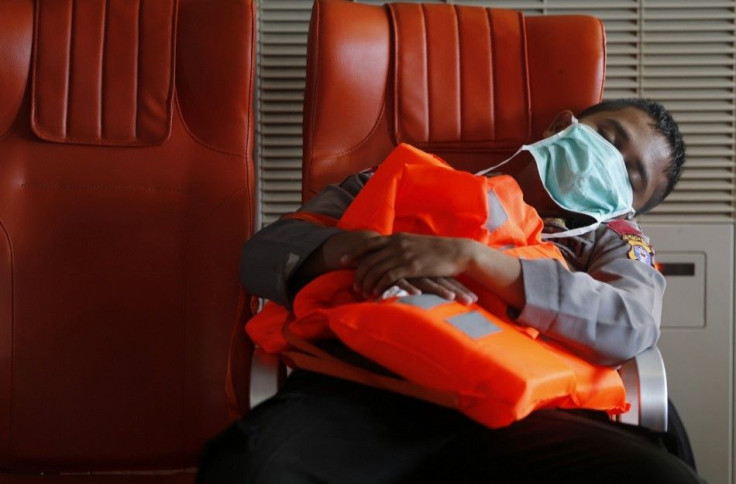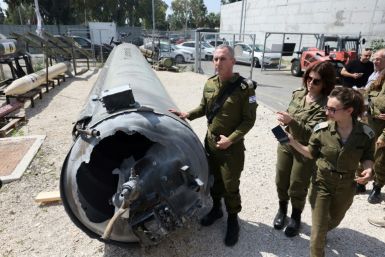AirAsia Flight QZ8501 Update: Airline Did Not Have Permission To Fly on Day it Crashed

The doomed AirAsia flight QZ8501 did not have a permission to fly on the day it crashed into the Java Sea, according to Indonesian transport officials. The Airbus A320-216 flew on December 28, a Sunday, though the airline was only authorised to fly from Surabaya to Singapore on Mondays, Tuesday, Thursdays and Saturdays.
Transport Ministry spokesman J.A. Barata revealed that Indonesia AirAsia violated a route order when it had QZ8501 operate on Sunday. The company’s subsequent flights from Surabaya to Singapore have been suspended on Friday.
“So AirAsia has committed a violation of the route that has been given to them,” Barata said to the Wall Street Journal. The ministry is investigating the violation.
Acting director general of aviation Djoko Murjatmodjo explained that the airline used to be allowed to fly on a daily route, but the slots were cut from Oct 26, 2014 to Mar 28, 2015 because Indonesia was nearing its quota for flying people to Singapore. He added that instead of the permitted schedule of Mondays, Tuesdays, Thursdays and Saturdays, AirAsia had been flying the route on Mondays, Wednesdays, Fridays and Sundays.
“Frankly speaking, it’s a bit late for us to find out about this,” Mujatmodjo said. “One thing that’s certain is the days that they are flying aren’t the same as the days they were given. There was no request for changes.”
On Singapore’s end, however, the airline had permission to fly daily. The Civil Aviation Authority of Singapore, or CAAS, and the Changi Airport Group said in a joint statement that AirAsia’s Surabaya-Singapore route has authorised.
An airline needs approval of its flight schedules from the two points of its destination. While it operated outside its permitted schedule in Indonesia, AirAsia had permission from Singapor.
“These daily flights were approved as there were available air traffic rights under the bilateral ASA and the slots at Changi Airport were available,” the statement reads. CAAS and CAG added that AirAsia applied to operate on a daily flight for the route from Oct 26, 2014 to Mar 28, 2015.
QZ8501 departed from Juanda International Airport in Surabaya at 5:35 local time, and was scheduled to arrive at the Changi Airport in Singapore at 8:30 am (Singapore Standard Time). However, less than an hour later, the plane lost contact with Jakarta air traffic control. There were 162 passengers and staff on board.
A couple of days later, parts of the aircraft were recovered 10 kilometres from the plane’s last contact with the air traffic control. Thirty-one bodies have been recovered so far. Also by Sunday, January 5, there were five large objects believed to be from the aircraft have been found.
Indonesia’s meteorological agency BMKG said that the crash was likely triggered by the weather.
“Based on the available data received on the location of the aircraft’s last contact, the weather was the triggering factor behind the accident,” the agency said in its initial report. “The most probably weather phenomenon was icing which can cause engine damage due to a cooling process. This is just one of the possibilities that occurred based n the analysis of existing meteorological data.”






